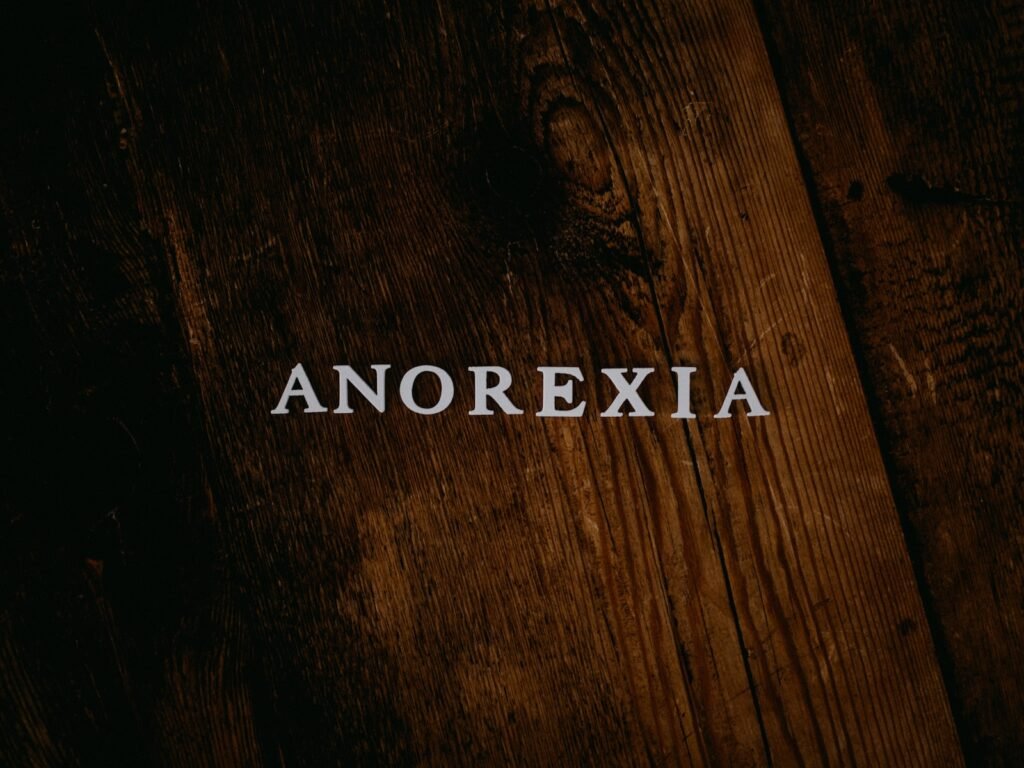Cancer is a medical term that includes a wide range of diseases characterized by the abnormal growth of cells that divide without control and have the ability to penetrate tissues and destroy healthy tissues in the body, and it is capable of spreading throughout the body. Cancer is one of the leading causes of death in the Western world, but the odds of recovering from cancer are constantly improving in most types, due to advances in early detection of cancer and cancer treatment options. The stages of cancer are usually denoted by grades with the Roman numerals I through IV, with a higher number indicating that the cancer is more advanced. In some cases, the stage of cancer is indicated using letters or a verbal description. Symptoms of cancer: Symptoms of cancer differ from one case to another depending on the organ affected by cancer. Some general symptoms of cancer are attributed to it, but they are not specific to cancer alone, and they include: *exhaustion. *High temperature. * The appearance of a mass or inflation that can be felt under the skin. *pain. *Changes in body weight, including an unintended increase or decrease in body weight. * Changes on the surface of the skin, such as: the appearance of yellow color, the appearance of dark areas or red spots in the skin, the appearance of wounds that do not heal, or changes in moles that were present on the skin. * Changes in bowel or bladder working patterns. * Continuous cough. *Hoarseness. *Difficulty swallowing. * Indigestion or feeling uncomfortable after eating. How does a person get cancer? In some types of cancer, the accumulation of these cells generates a cancerous tumor, but not all types of cancer produce cancerous tumors. For example, leukemia is a type of cancer that affects the blood cells, bone marrow, lymphatic system, and spleen, but this type of cancer does not produce a tumor. The initial genetic deviation is only the beginning of the process of cancer development, and researchers believe that the development of cancer requires a number of changes within the cell, including the following: 1. An initiating factor that leads to a genetic change Sometimes a person may be born with a specific genetic deviation, while the genetic deviation may occur in others as a result of active forces within the body such as: hormones, viruses, and chronic infections. Genetic deviation can also occur as a result of active forces outside the body, such as: Ultraviolet – UV rays that come from sunlight, or carcinogenic agents from cancer-causing chemicals (Carcinogen) present in the living environment. 2. A catalyst for rapid cell growth Adjuvants exploit genetic aberrations and changes caused by initiating factors, as adjuvants cause cells to divide more rapidly and this can lead to the cells accumulating as a cancerous tumor. The auxiliary factors can be transmitted by inheritance, and they can be formed inside the body or they can reach from the outside and enter the body. 3. An encouraging factor that makes cancer more aggressive and helps it spread Without the stimulating factors, the cancerous tumor can remain benign and localized, but the stimulating factors make the cancer more aggressive and increase the possibility of cancer breaking into and destroying nearby tissues, as well as increasing the possibility of cancer spreading to other organs throughout the body. As is the case with the initiating and facilitating factors, the encouraging factors can also be transmitted by inheritance, or formed as a result of the effects of environmental factors. The genetic structure, lifestyle and environment in which we all live can form the basis for the formation of cancer or the completion of its formation if it has started. From people exposed to the same factor that can cause cancer. Complications of cancer: Cancer and cancer treatment may lead to several complications, including the following: * Side effects from cancer treatment. * Unusual responses issued by the immune system to cancer. Cancer outbreak. Recurrence of cancer after its treatment. Diagnosis of cancer: Diagnosing cancer in its early stages provides the best chances for recovery from it, so if the patient feels suspicious symptoms, he should consult with his doctor about which tests are most appropriate for him for early detection of cancer, as early detection of cancer may save the lives of some people with some types of cancer. cancer. The American Cancer Society recommends screening for people with moderate risk factors for the following types of cancer: * Breast cancer: Breast cancer is screened for women 40 years of age and older. Cervical cancer: Cervical cancer is detected for women 21 years of age and older or three years after the first sexual intercourse. * Colon cancer: Colon cancer is screened for men and women 50 years of age and older. Prostate cancer: Screening for prostate cancer is for men aged 50 and over. Tests needed to diagnose cancer: For the purpose of diagnosing cancer, the doctor may choose one or more early detection tests for cancer, which include the following: physical examination. Laboratory tests. Imaging examinations. biopsy. After diagnosing cancer, the doctor tries to determine the extent of the cancer or the stage the cancer has reached, then the doctor decides on treatment methods or the possibilities of recovery according to the classification and grade of cancer in the specific patient. Cancer treatment: Cancer treatment consists of a variety of treatments, and cancer treatment options are related to several factors, such as: type and stage of cancer, general health status, in addition to the preferences of the patient himself. An oncologist can be consulted about the benefits and risks of each cancer treatment option to determine the best and most effective cancer treatment for each case. Cancer treatment goals: The application of cancer treatment is carried out by achieving multiple and different goals, including the following: A treatment aimed at killing or removing cancer cells. * A treatment aimed at destroying remaining cancer cells. * A treatment










